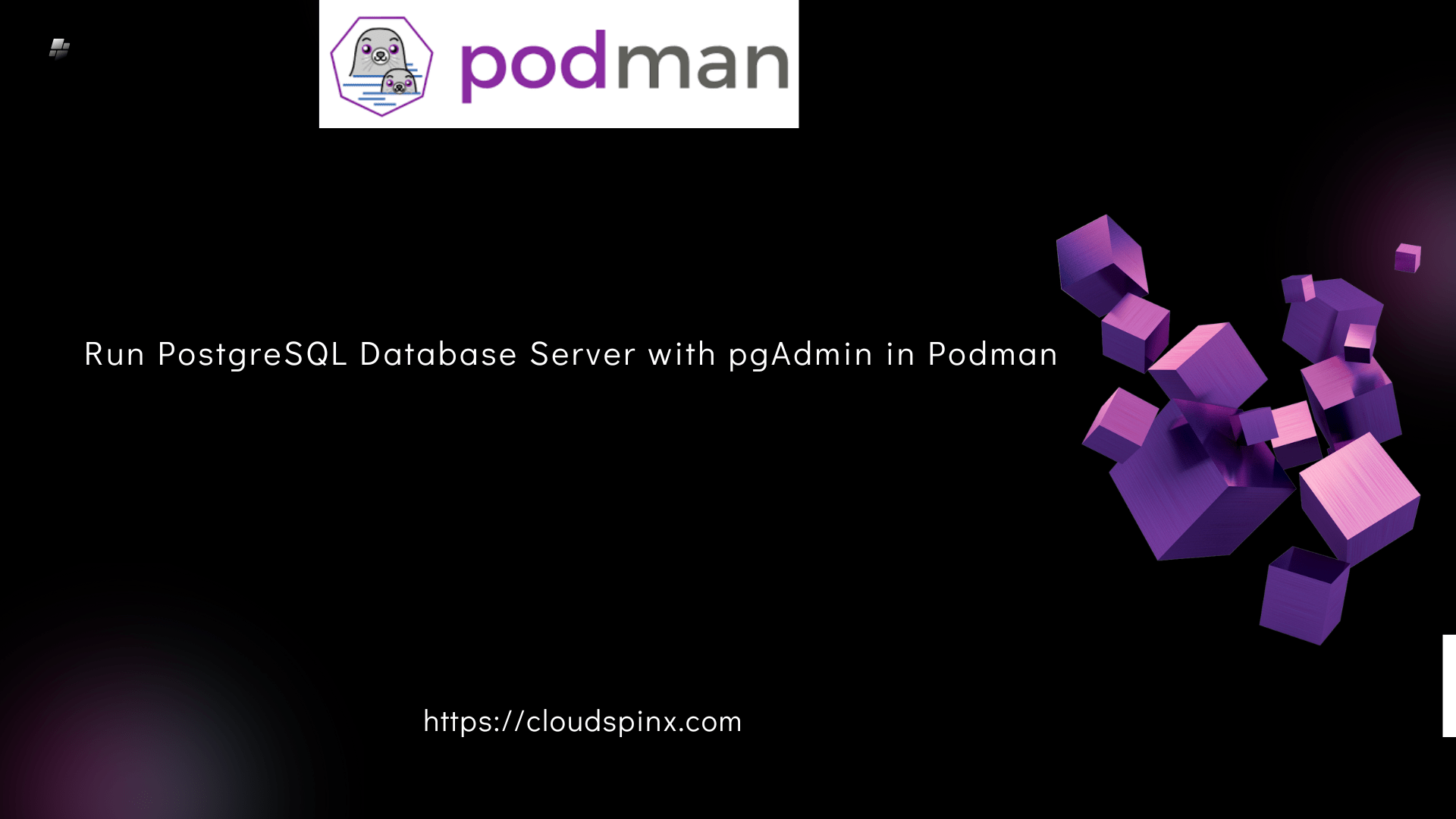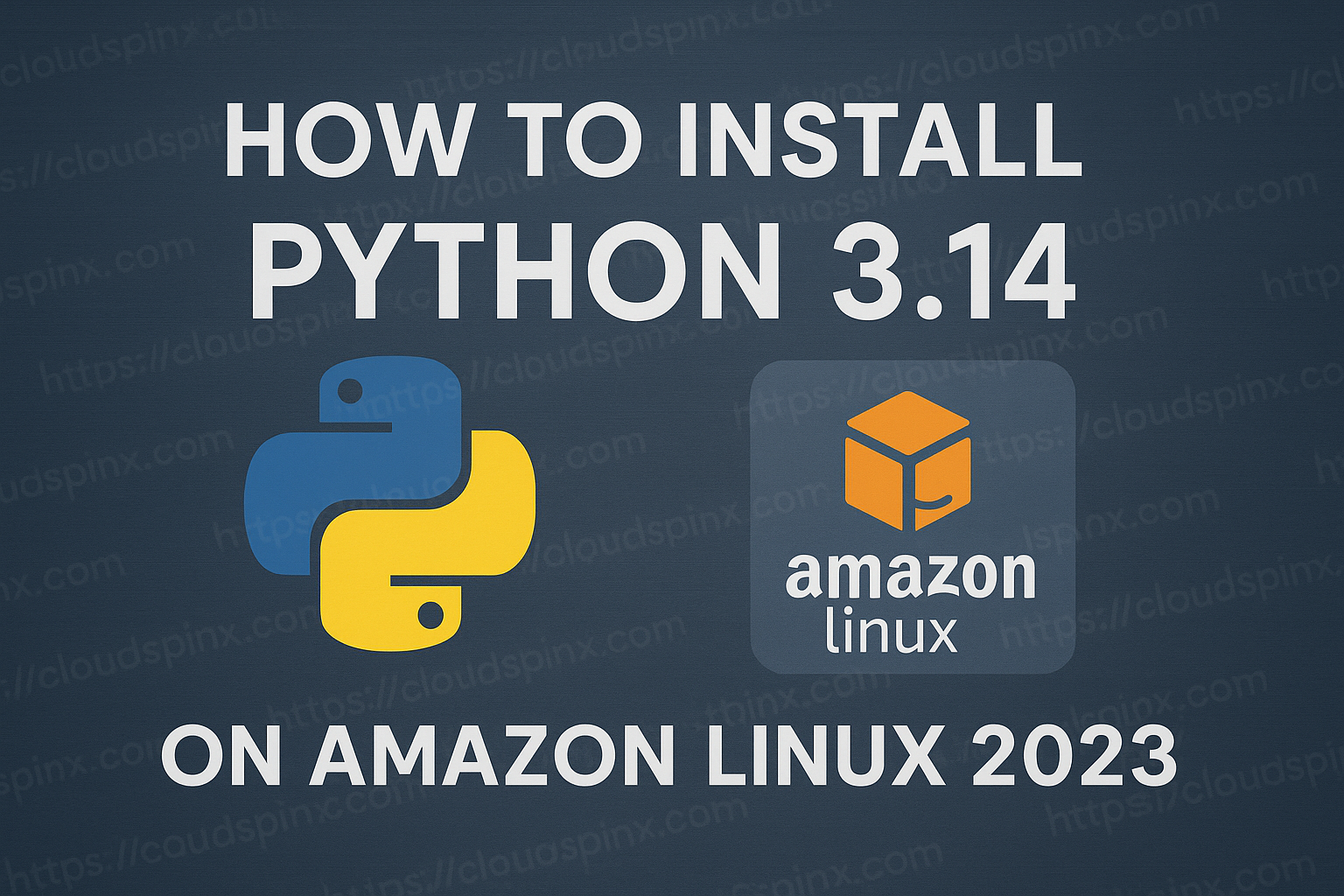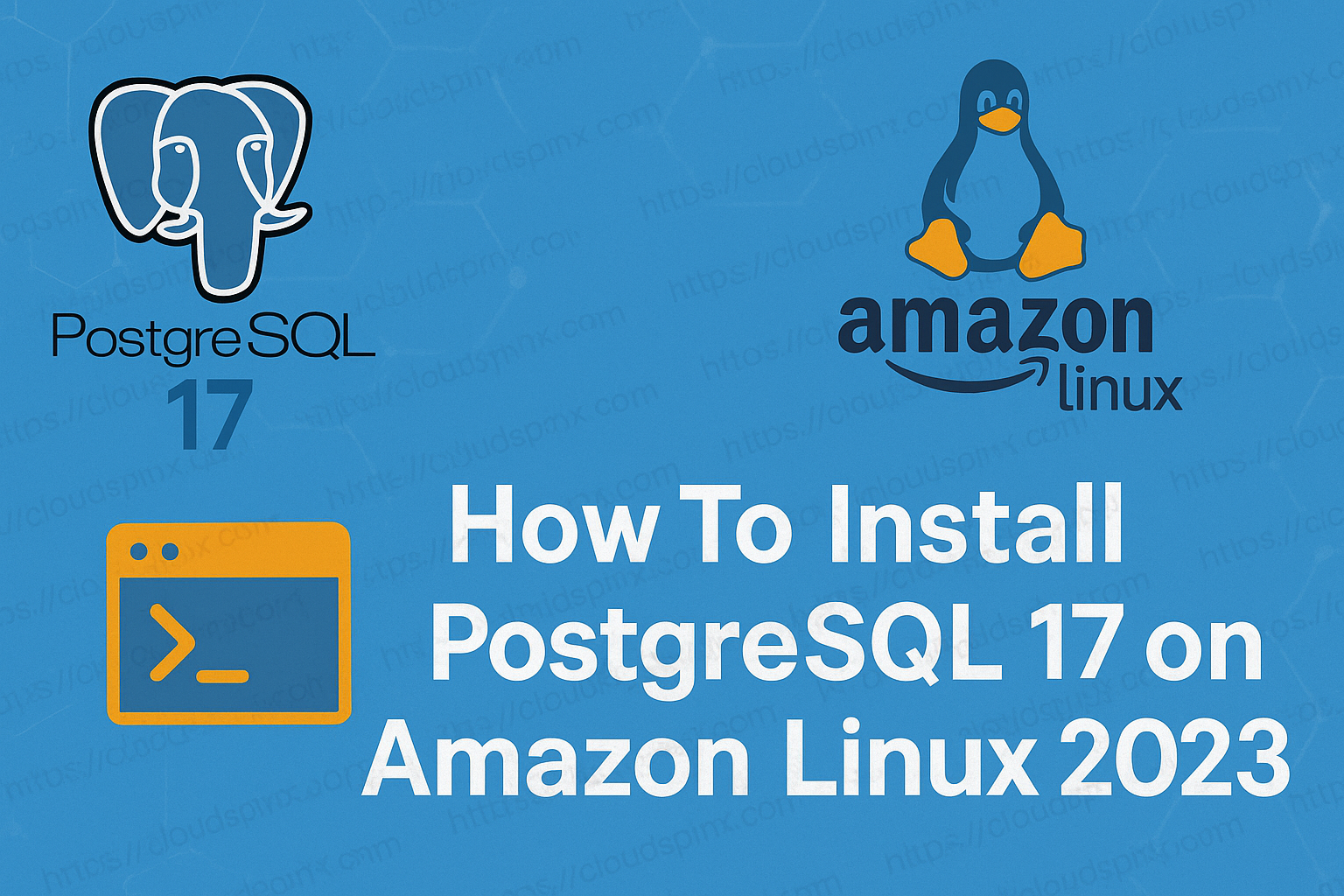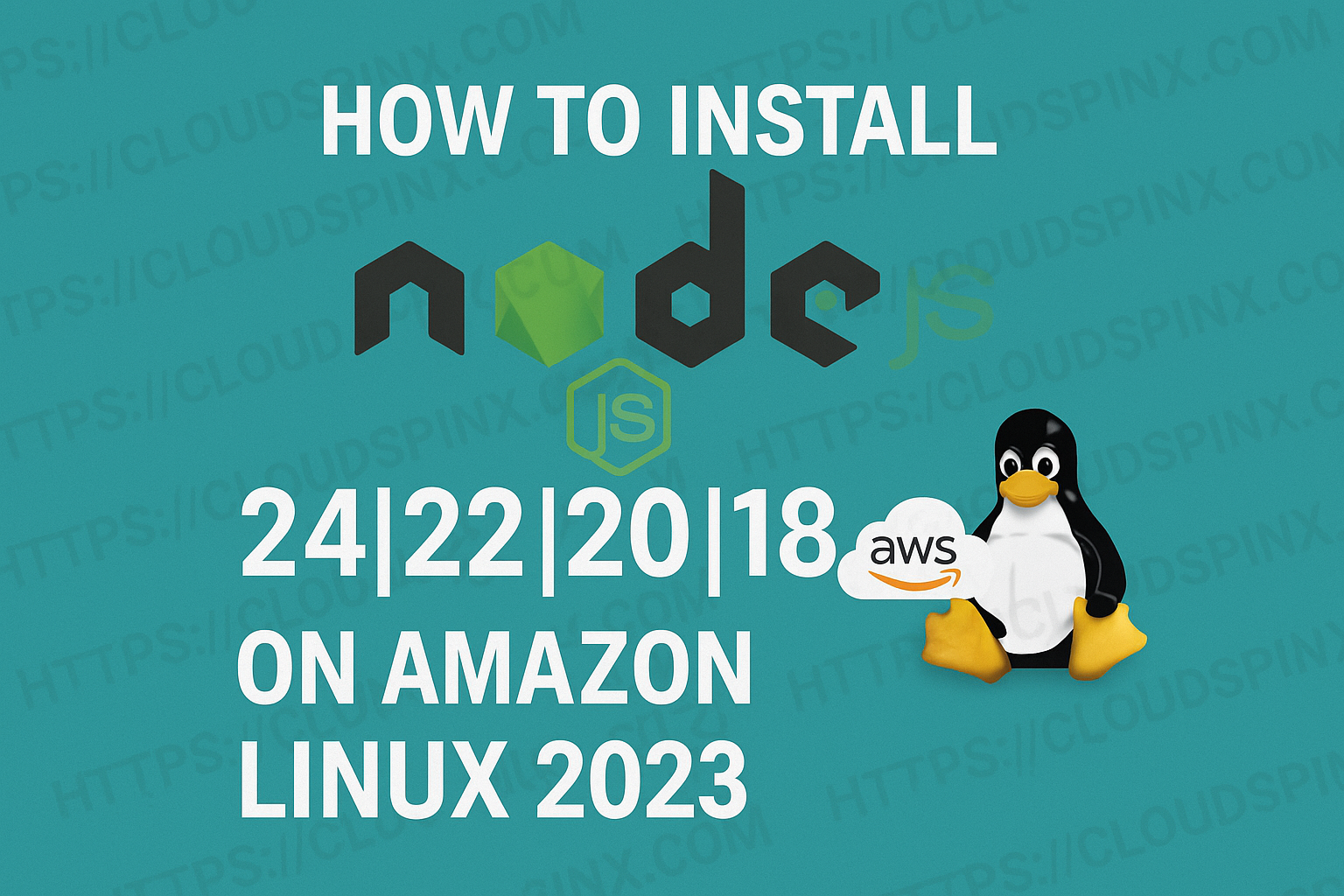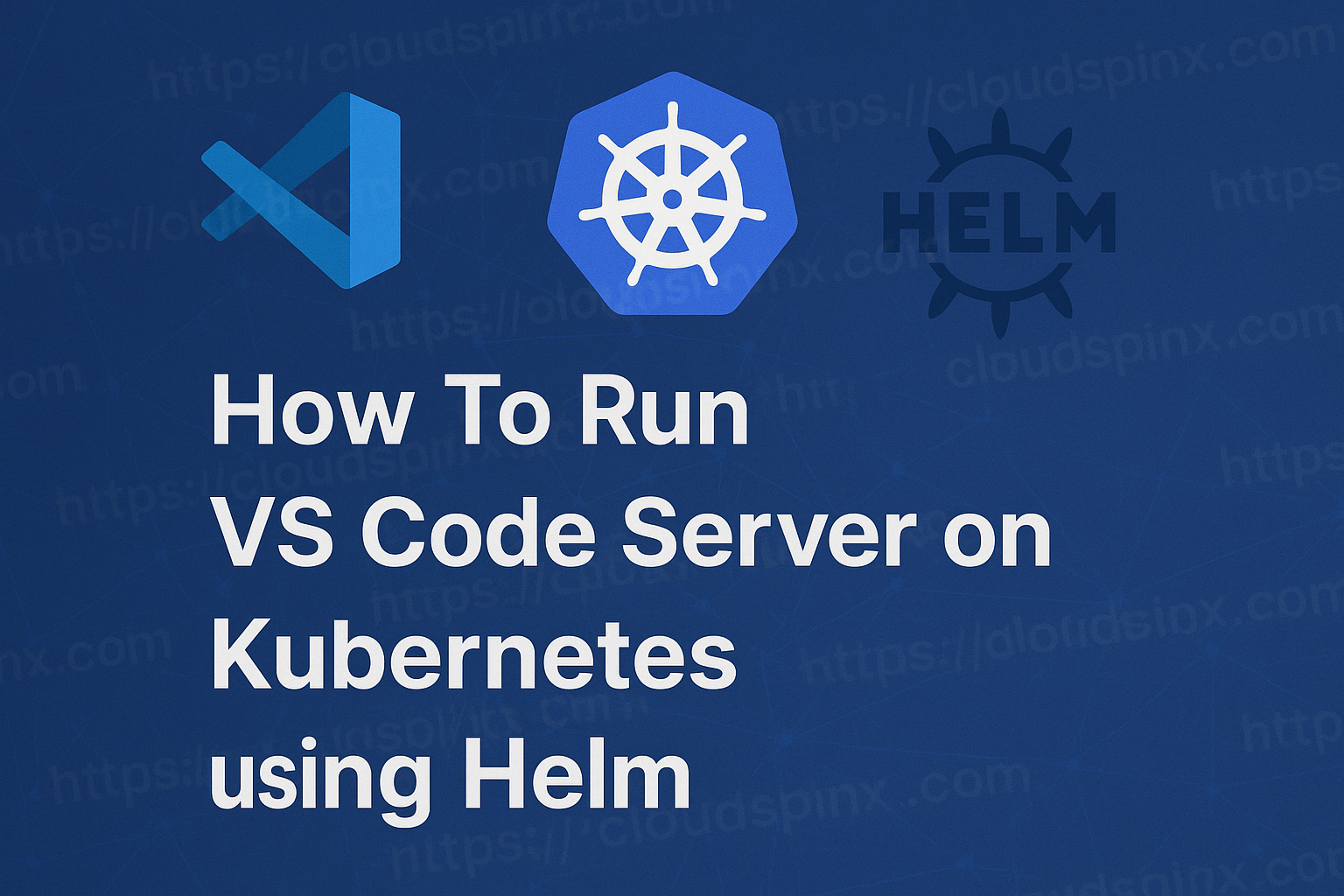Welcome to today’s guide on how to run Postgresql in Podman Container with pgAdmin UI management tool. Podman is a tool developed for running images and containers. It is designed by Red Hat with an intention of being a drop-in replacement of docker. Podman is similar to Docker only that docker requires the Docker Engine daemon to run containers, unlike Podman.
In this guide, I will run both the Postgres and pgAdmin together to avoid restarting the containers separately. PostgreSQL is an object-oriented relational database management system. It helps ease developments in implementing data-driven applications with the following features:
- High levels of security
- Ensures data integrity – foreign key referential intergrity
- Nested transactions
- Table inheritance
- Support for different data types as well as user-defined types
- Sophisticated locking mechanism
- Extensibility
- Reliability and disaster recovery – supports asynchronous replication and point-in-time recovery
Let’s dive in!
Step 1 – Install Podman container runtime
First and foremost, we need to install Podman on our system to be able to manage the PostgreSQL database in container.
Podman can be installed using the commands below:
#On CentOS/Rocky Linux
sudo yum install podman
#On Debian/Ubuntu
sudo apt-get install podman
#On Fedora
sudo dnf install podman
#On RHEL 8
sudo yum module enable -y container-tools:rhel8
sudo yum module install -y container-tools:rhel8
#On RHEL 7
sudo subscription-manager repos --enable=rhel-7-server-extras-rpms
sudo yum -y install podmanNow edit the file below to work with OCI registries(on Ubuntu ad Debian)
$ sudo vim /etc/containers/registries.conf
unqualified-search-registries = ["registry.fedoraproject.org", "registry.access.redhat.com", "registry.centos.org", "docker.io"]Step 2 – Create PostgreSQL DB Pod
We will begin by creating a pod with the name postgre-sql as below
podman pod create --name postgre-sql -p 9876:80See the pod created by running the following command:
thor@debian:~$ podman pod ps
POD ID NAME STATUS CREATED INFRA ID # OF CONTAINERS
fcdb89605d79 postgre-sql Created 59 seconds ago fa01541fa613 1From the output, we can see in pod postgre-sql port 9876 is mapped to port 80 which will be used to access the pgAdmin web UI.
Create pgAdmin container as below
podman run --pod postgre-sql \
-e 'PGADMIN_DEFAULT_EMAIL=[email protected]' \
-e 'PGADMIN_DEFAULT_PASSWORD=StrongPassw0rd' \
--name pgadmin \
-d docker.io/dpage/pgadmin4:latestIn the above code, dpage/pgadmin4 is the image of pgAdmin we are pulling, “name pgadmin” is the name of the container. Create the pgAdmin user with the credentials of your own as above.
Now pull the PostgreSQL image.
##For PostgreSQL 16
podman pull docker.io/library/postgres:16
##For PostgreSQL 15
podman pull docker.io/library/postgres:15
##For PostgreSQL 14
podman pull docker.io/library/postgres:14
##For PostgreSQL 13
podman pull docker.io/library/postgres:13
##For PostgreSQL 12
podman pull docker.io/library/postgres:12Tag the image to your local container registry.
$ podman images
REPOSITORY TAG IMAGE ID CREATED SIZE
docker.io/library/postgres 16 07a4ee949b9e 2 months ago 439 MB
docker.io/library/postgres 15 9f31f7bb3ca1 2 months ago 433 MB
docker.io/library/postgres 14 dbceeef68585 2 months ago 429 MB
docker.io/library/postgres 13 483aeb0a0bb9 2 months ago 427 MB
docker.io/library/postgres 12 842534c87032 2 months ago 426 MBRun the PostgreSQL container, examples
### PostgreSQL 16 ###
podman run --name db --pod=postgre-sql -d \
-e POSTGRES_USER=admin \
-e POSTGRES_PASSWORD=StrongPassw0rd \
docker.io/library/postgres:16
### PostgreSQL 15 ###
podman run --name db --pod=postgre-sql -d \
-e POSTGRES_USER=admin \
-e POSTGRES_PASSWORD=StrongPassw0rd \
docker.io/library/postgres:15
### PostgreSQL 14 ###
podman run --name db --pod=postgre-sql -d \
-e POSTGRES_USER=admin \
-e POSTGRES_PASSWORD=StrongPassw0rd \
docker.io/library/postgres:14Set credentials for your PostgreSQL user and password and the latest version of PostgreSQL will be pulled from the local registry.
In the code, you can add
-v /your/data/volume:/var/lib/postgresql/data: Z-v /your/data/volume:/var/lib/postgresql/data: with your persistent volume, Z is used to modify SELinux in CentOS, Fedora, RHEL, and Rocky Linux to avoid permission errors.
View the status of the containers running as below.
$ podman pod ps
POD ID NAME STATUS CREATED INFRA ID # OF CONTAINERS
c6e64f2228c3 postgre-sql Running About a minute ago 55fa51edc60f 3
$ podman pod stats postgre-sql
POD CID NAME CPU % MEM USAGE/ LIMIT MEM % NET IO BLOCK IO PIDS
2d9a3445b89f 223ea8d45da8 db 5.23% 121.5MB / 4.122GB 2.95% -- / -- -- / -- 7
2d9a3445b89f c726f41820cf pgadmin 1.41% 180.2MB / 4.122GB 4.37% -- / -- -- / -- 7
2d9a3445b89f da727b5e7383 2d9a3445b89f-infra 1.11% 761.9kB / 4.122GB 0.02% -- / -- -- / -- 1Step 3: Access the pgadmin Web UI
Now we want to access the pgAdmin web UI and configure it to use PostgreSQL. Access the pgAdmin web UI with the URL http://IP_Address:9876
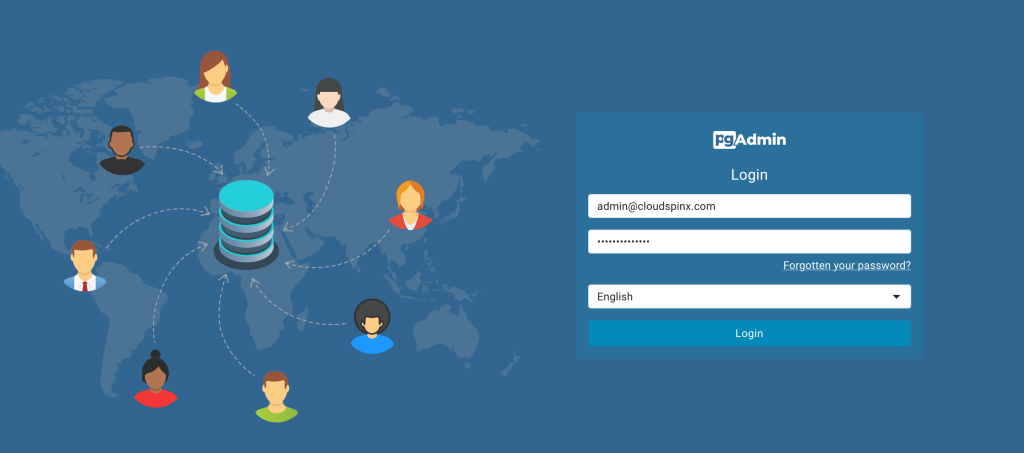
Log in using the credentials created while making the pgAdmin container above. In our case this will be:
-e 'PGADMIN_DEFAULT_EMAIL=[email protected]' \
-e 'PGADMIN_DEFAULT_PASSWORD=StrongPassw0rd' \You will then add your PostgreSQL server by clicking add server as shown.
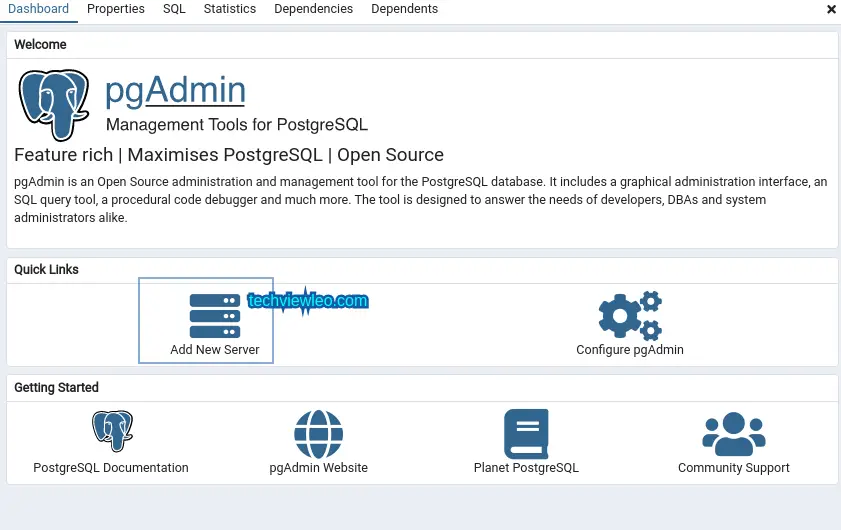
You will be granted the below window, enter the name for the server
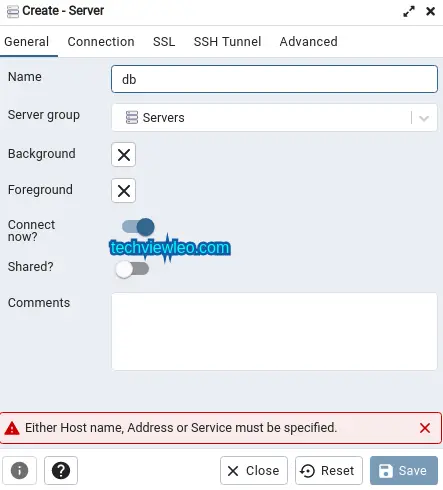
Proceed to the next tab connection as shown, enter the created credentials for PostgreSQL, hostname/address, and port as below.
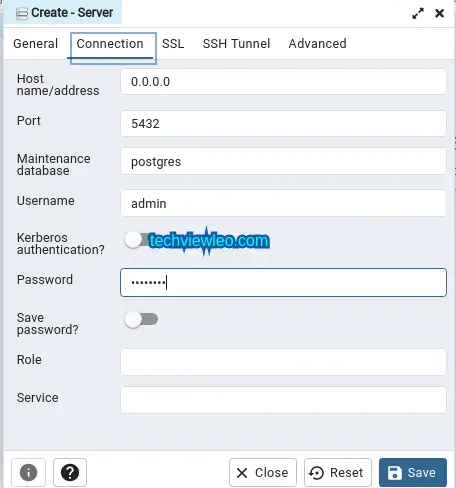
Now connect to your running PostgreSQL container by clicking save. Check your PostgreSQL and pgAdmin instance.

Verify the installed PostgreSQL version under properties as below.

You can also view the privileges associated with the created user “admin“.
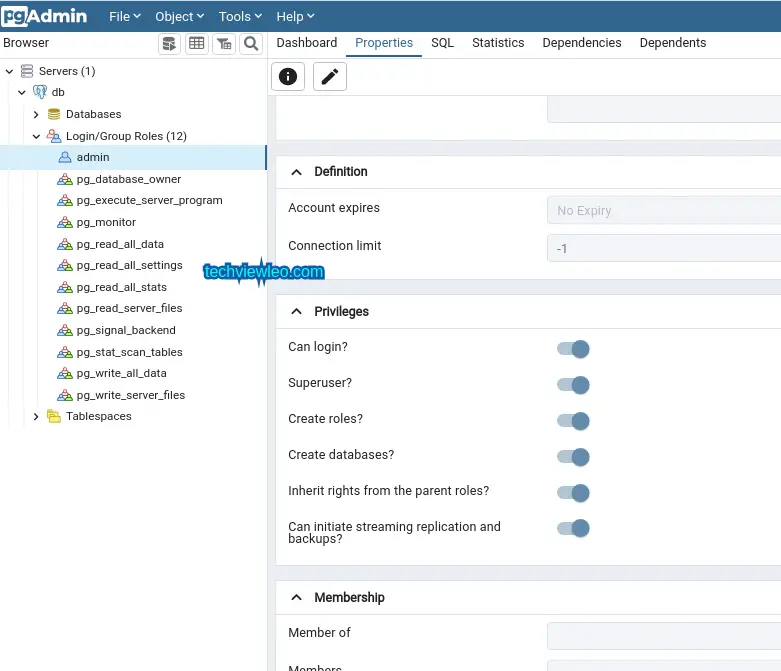
That is it! You have PostgreSQL server running and can be managed through the pgAdmin web interface.
Step 4 – Manage the PostgreSQL Service
You can manage both the PostgreSQL and pgAdmin service with a single command since both containers are running in the same pod with the pod name postgre-sql.
To pause and unpause the pod use:
podman pod pause postgre-sql
podman pod unpause postgre-sqlStart and stop the pod with the command.
podman pod stop postgre-sql
podman pod start postgre-sqlIn case you want to remove the container, use the command:
podman pod rm postgre-sqlConclusion.
Congratulations! You have successfully run PostgreSQL in Podman Container. I hope this was enjoyable and welcome again and again to our website.

